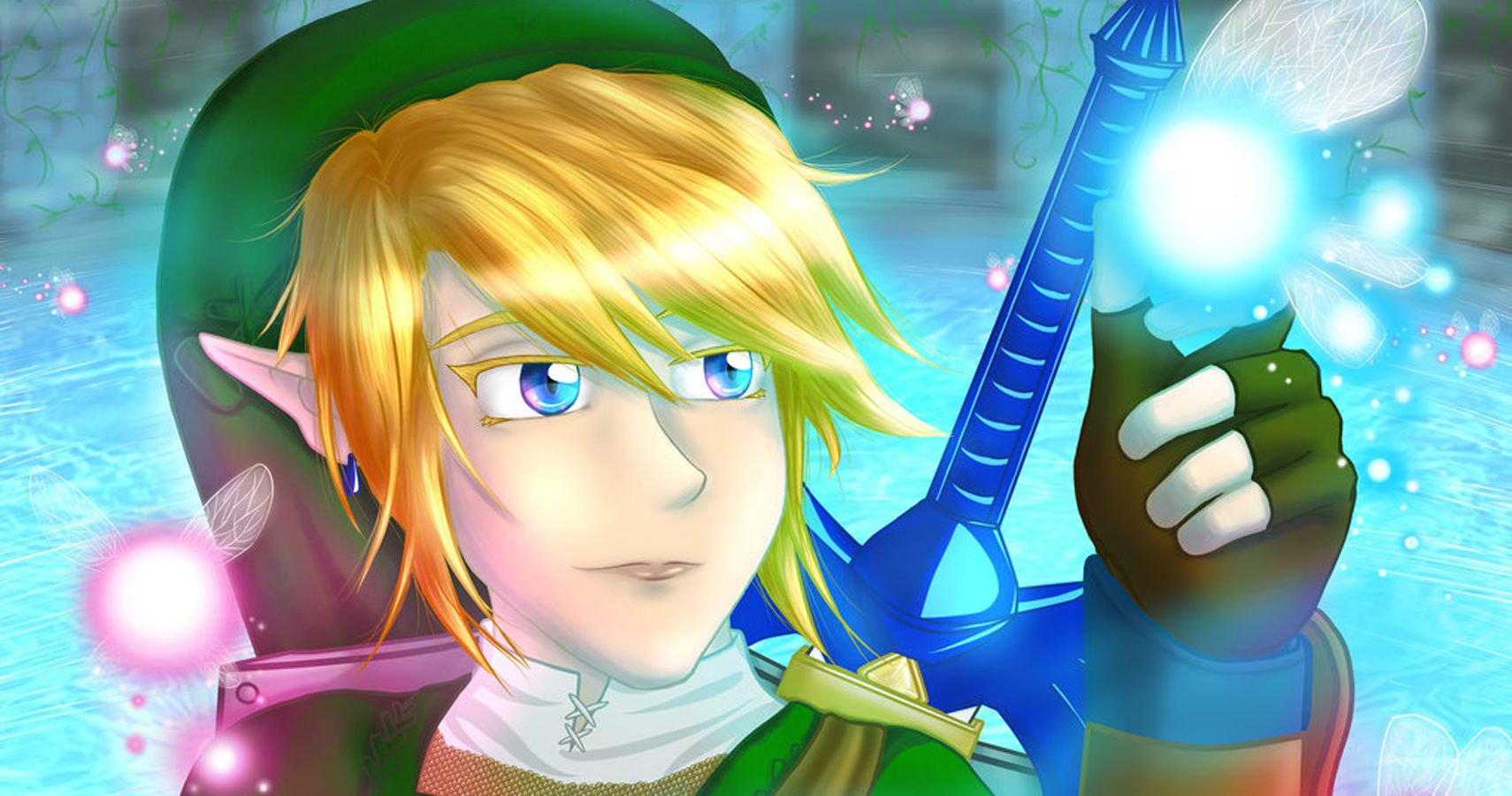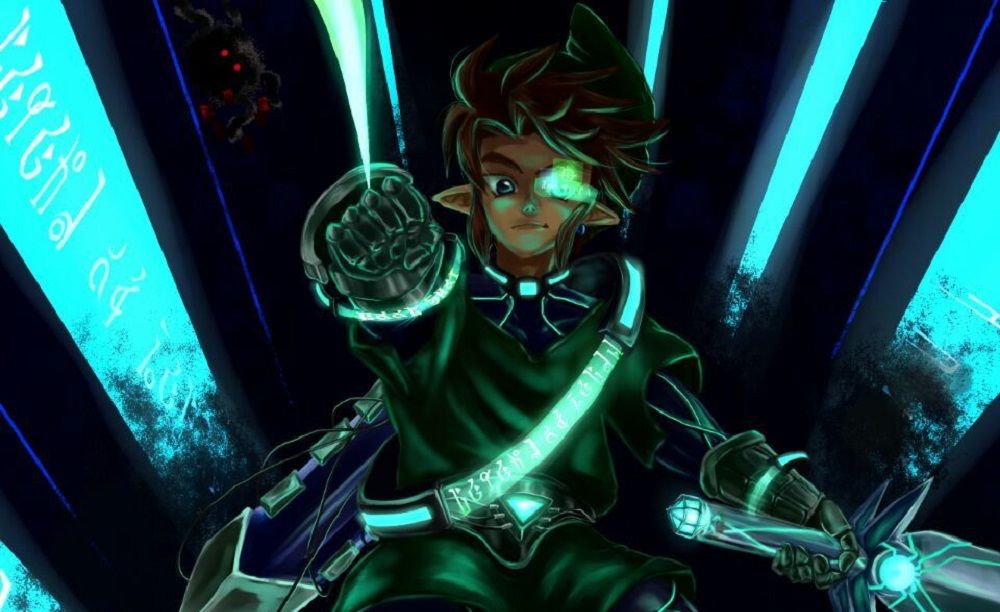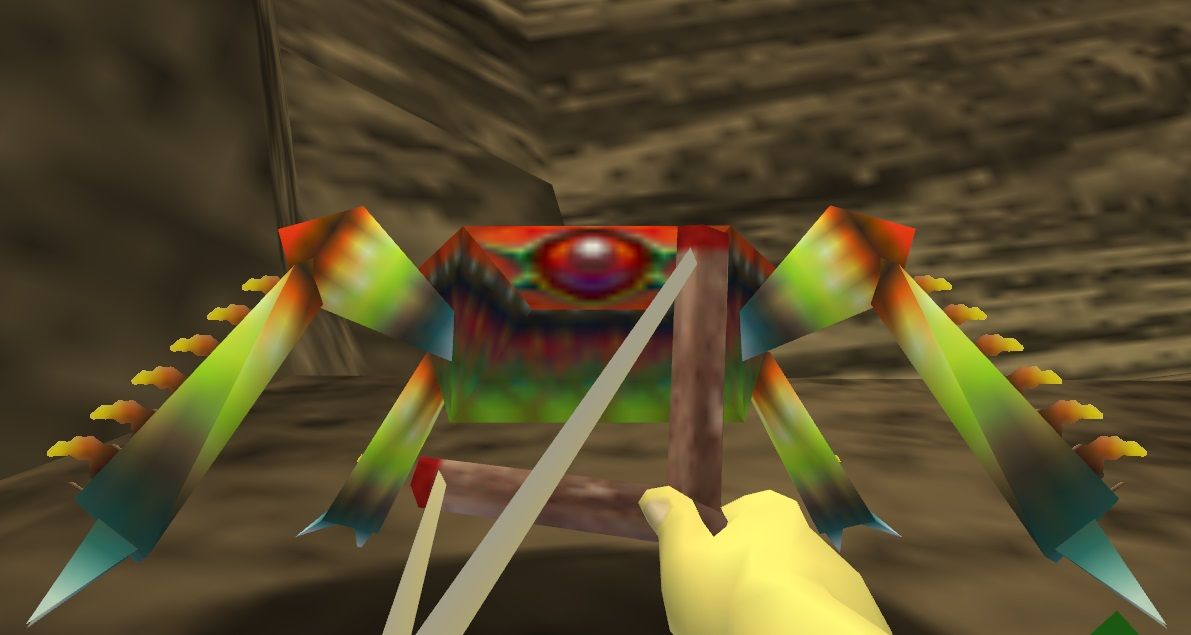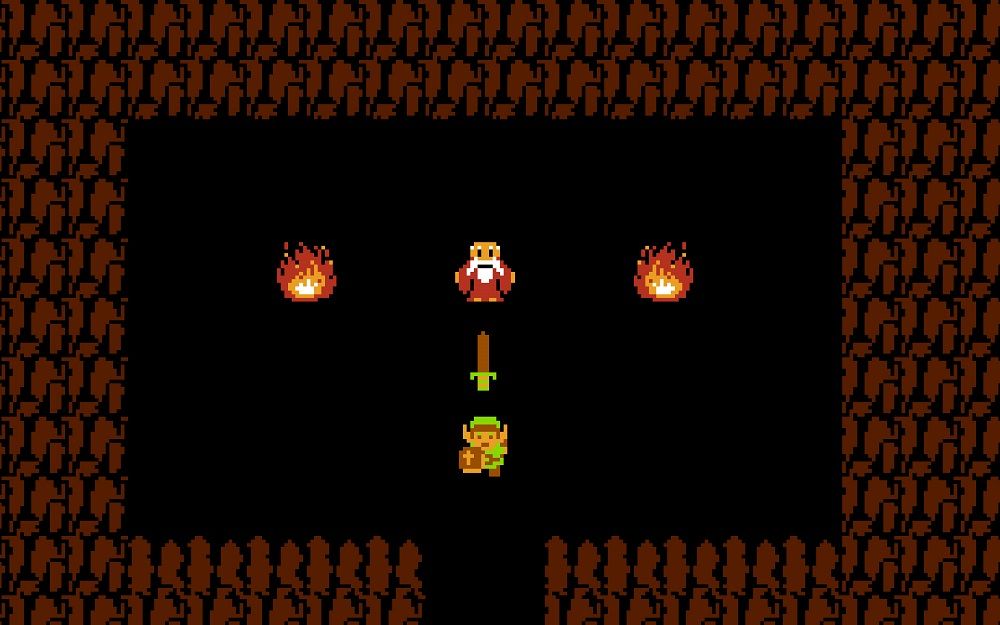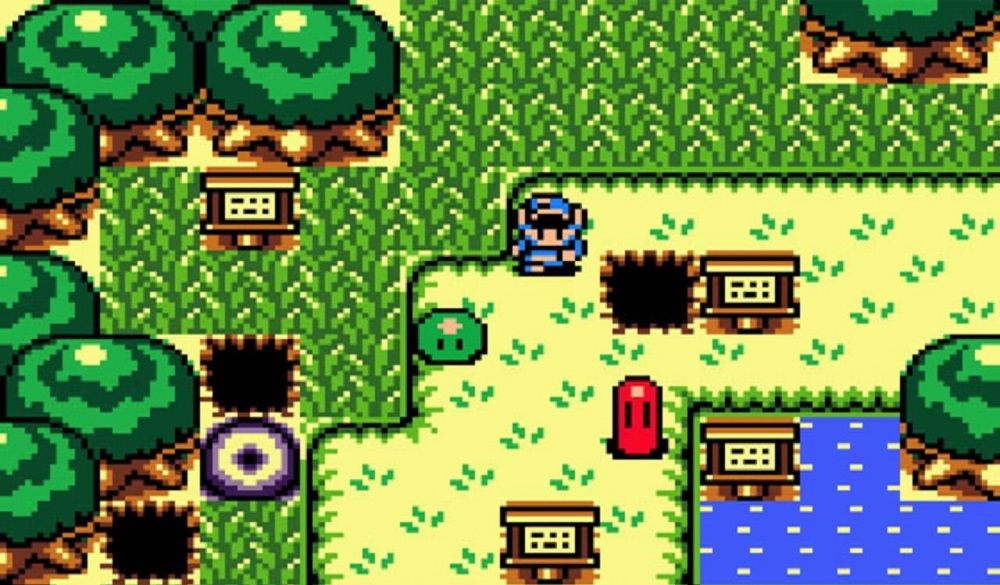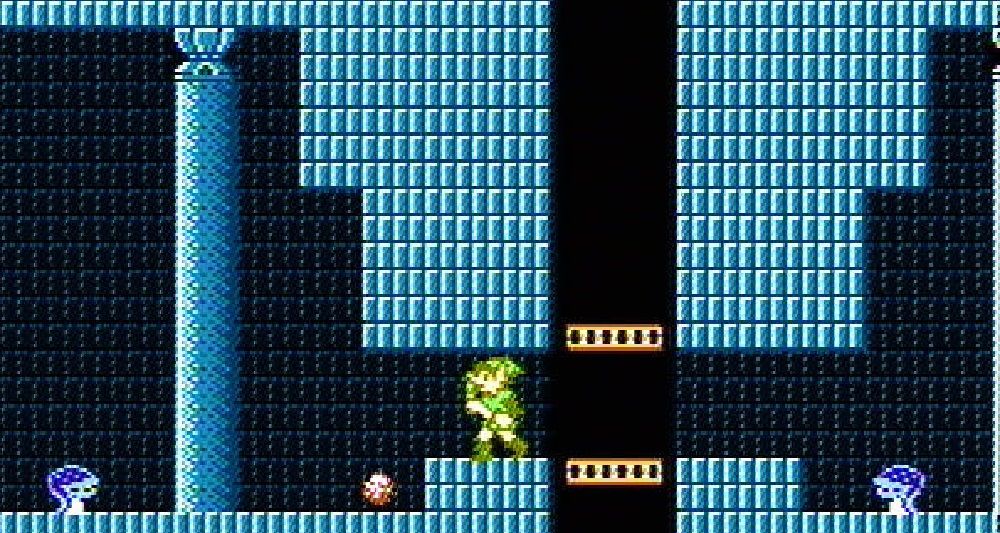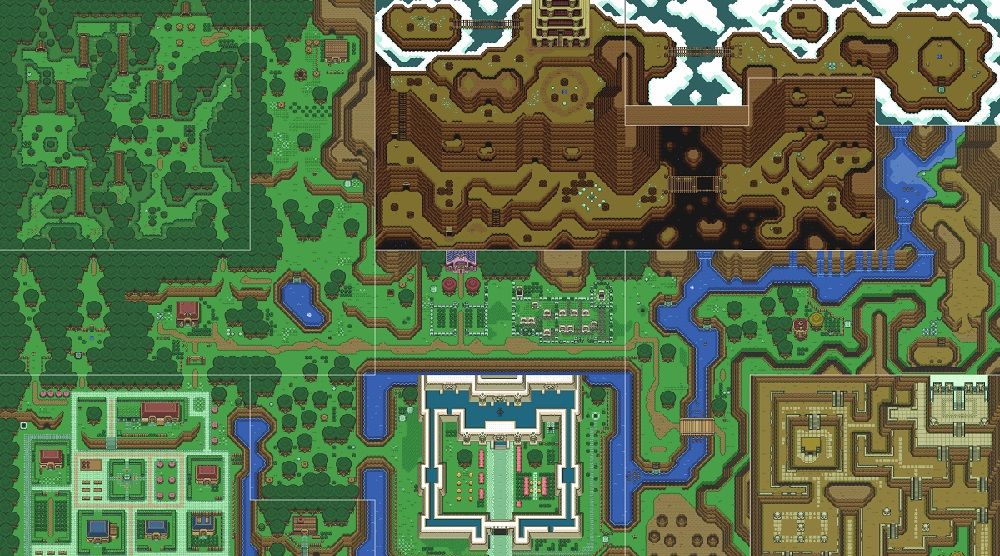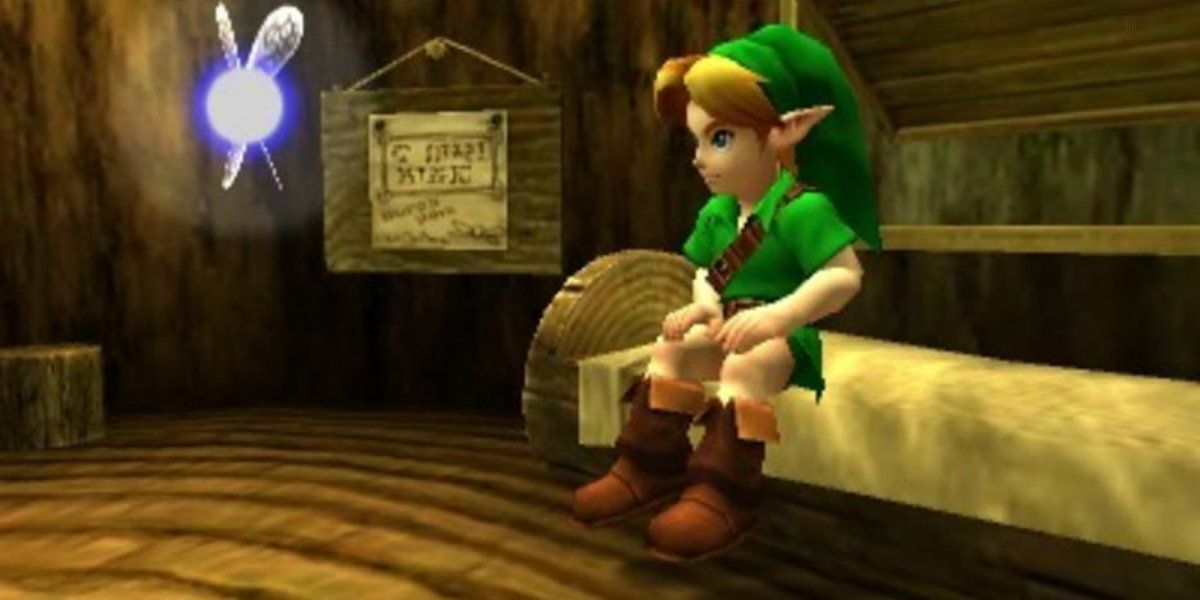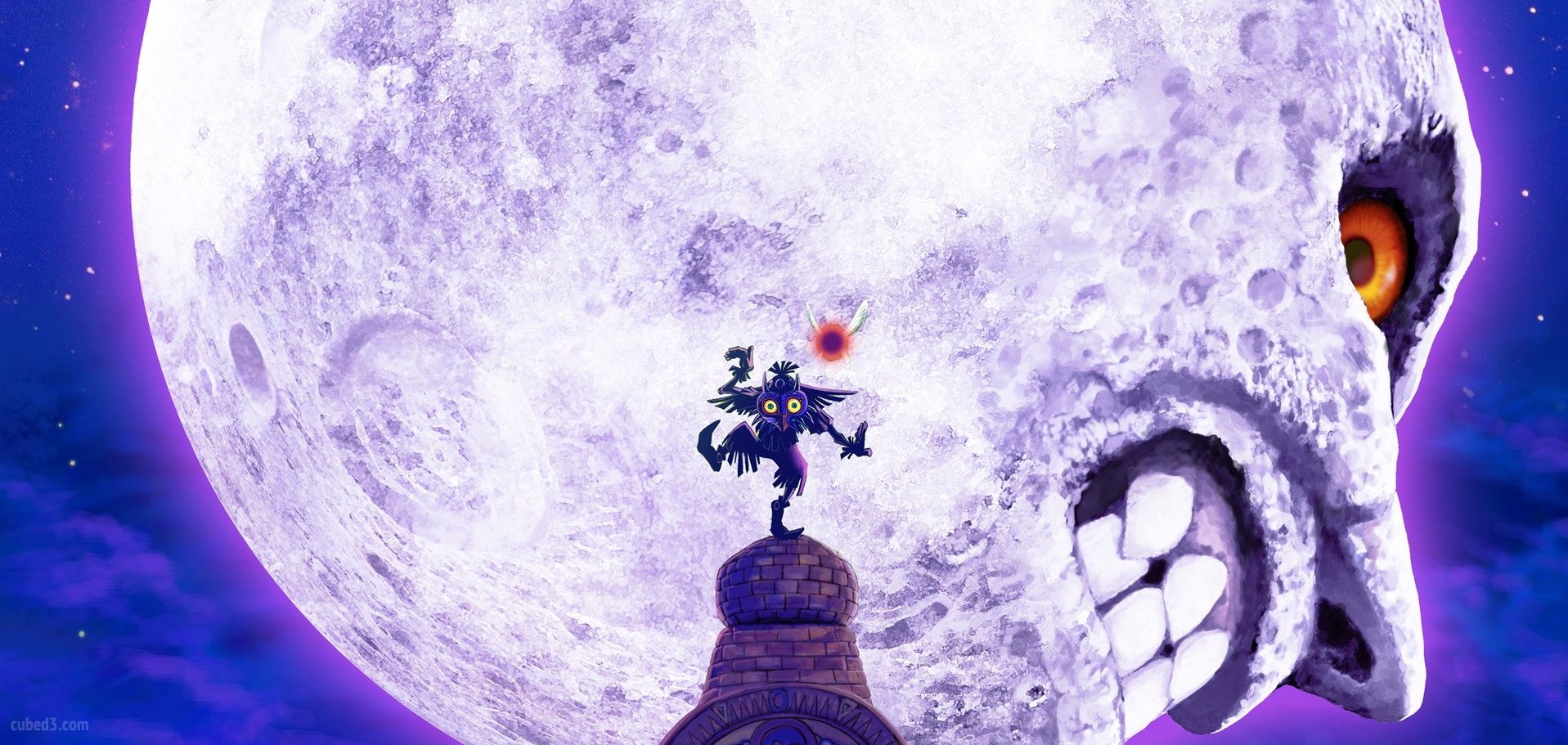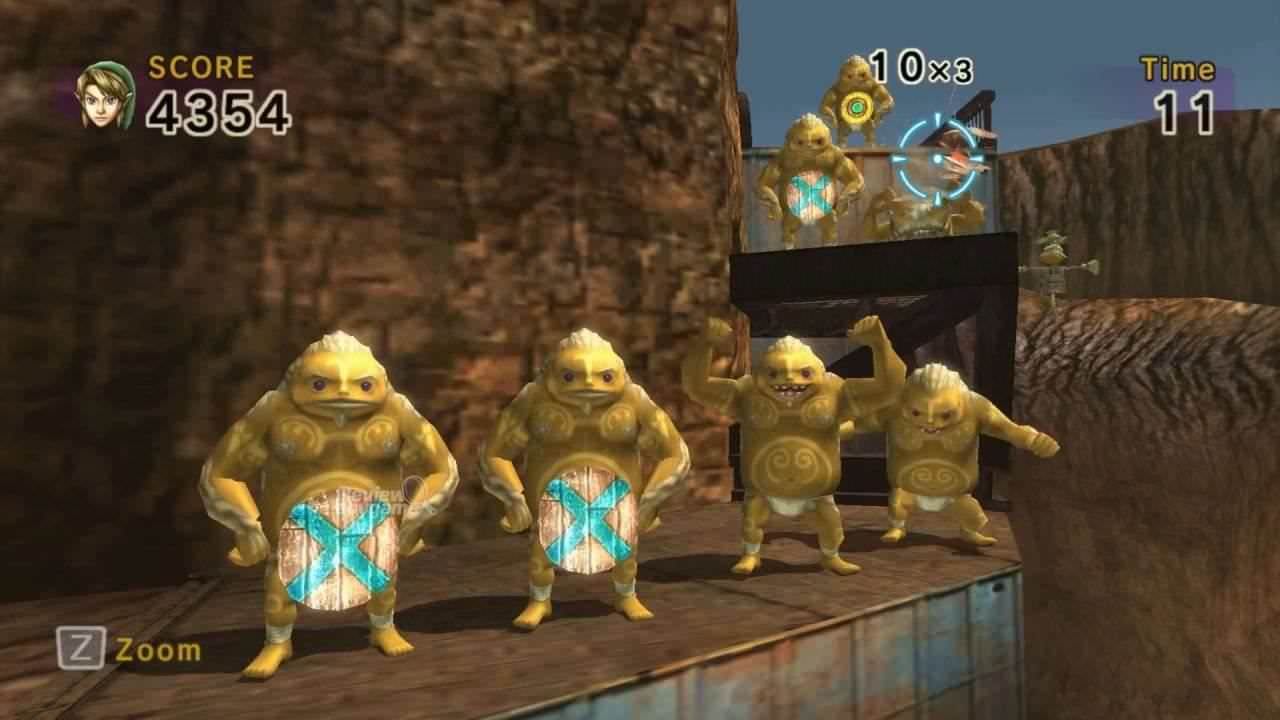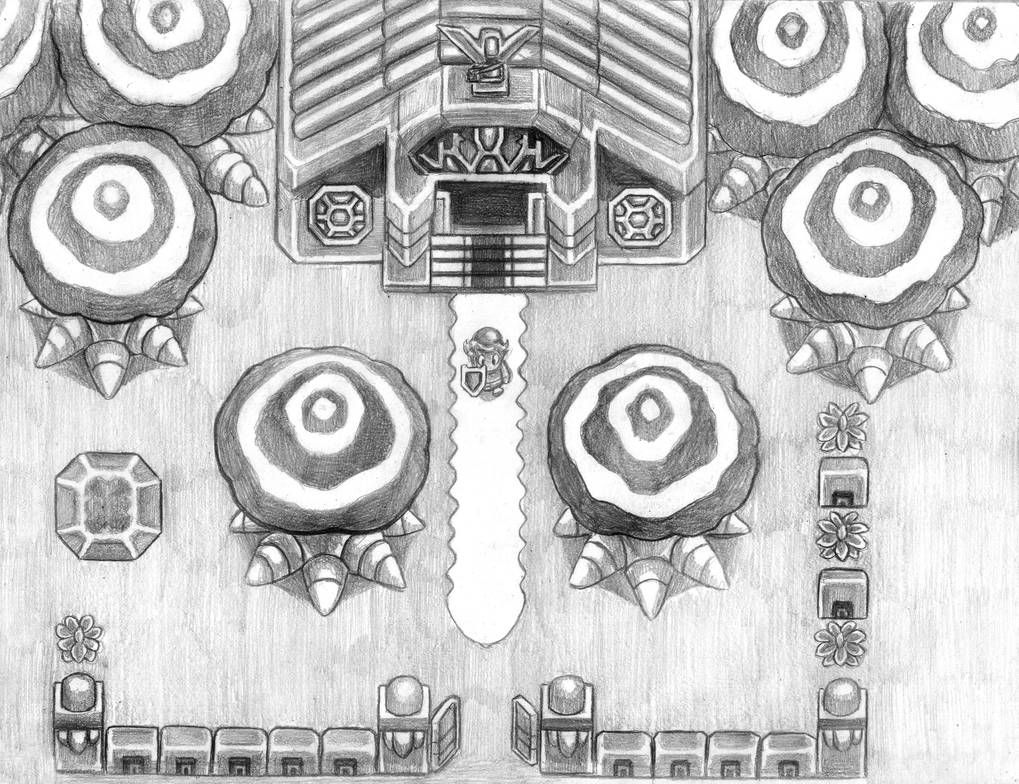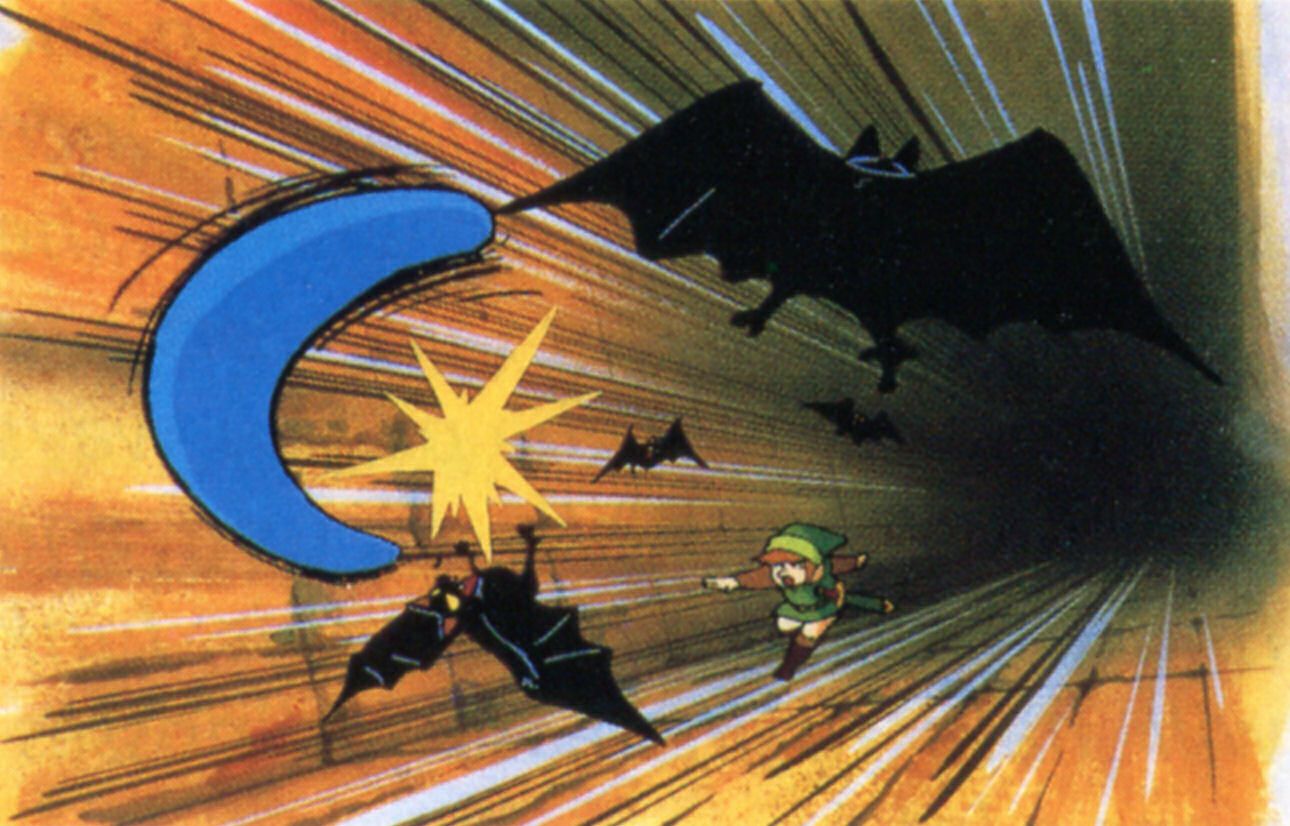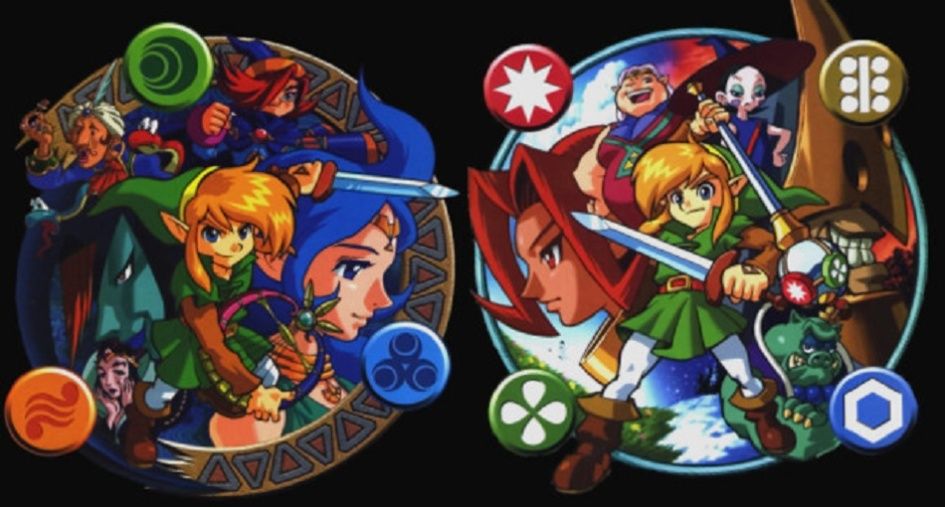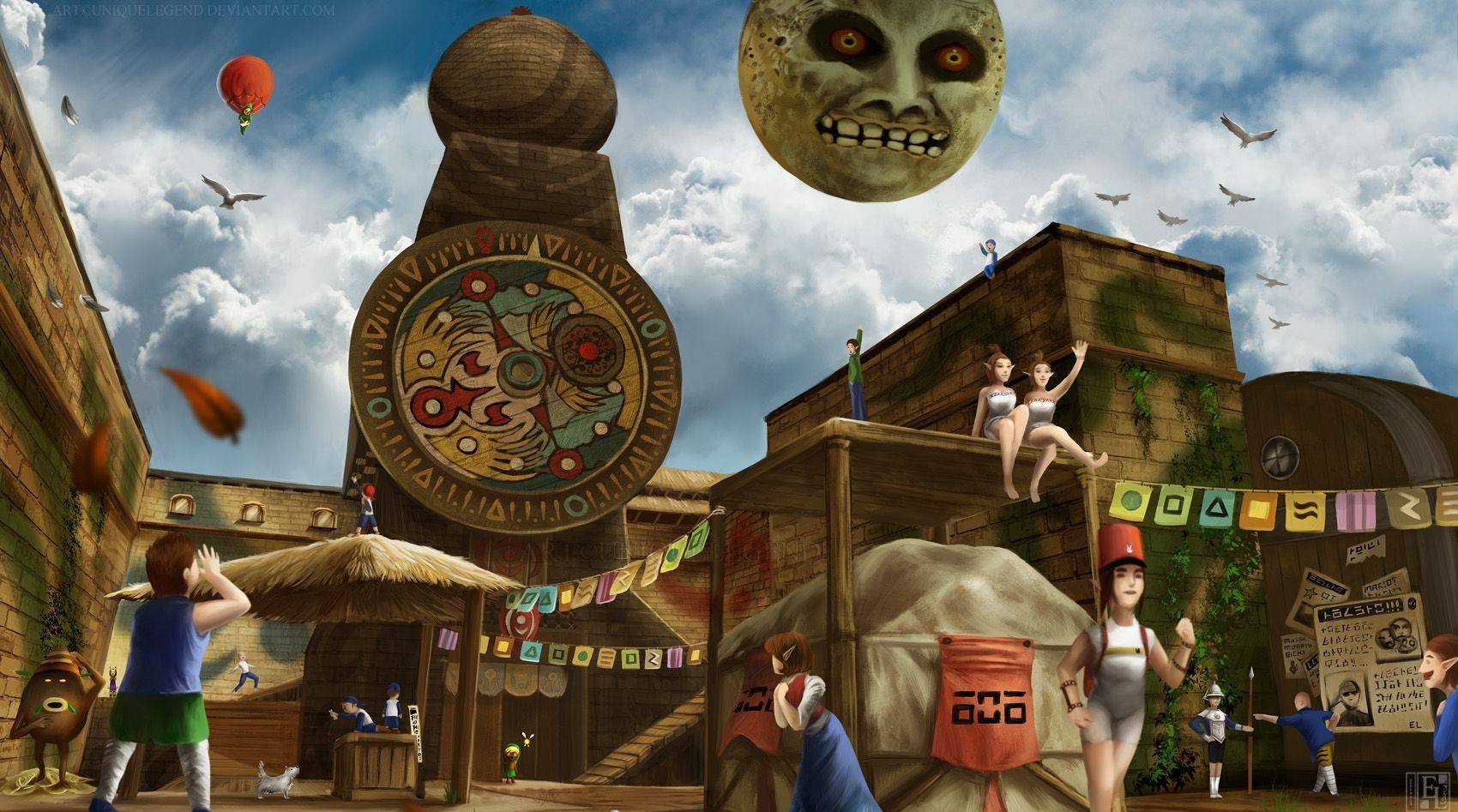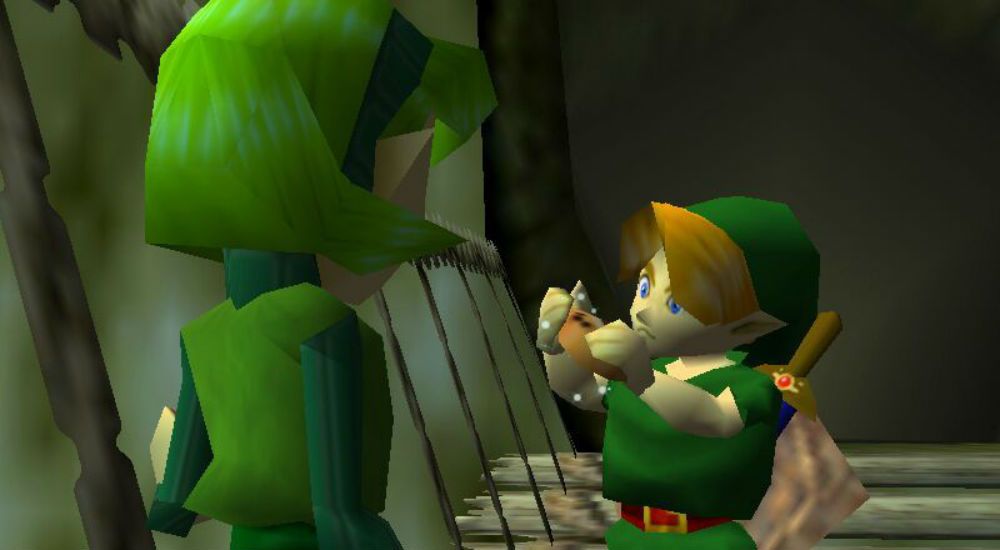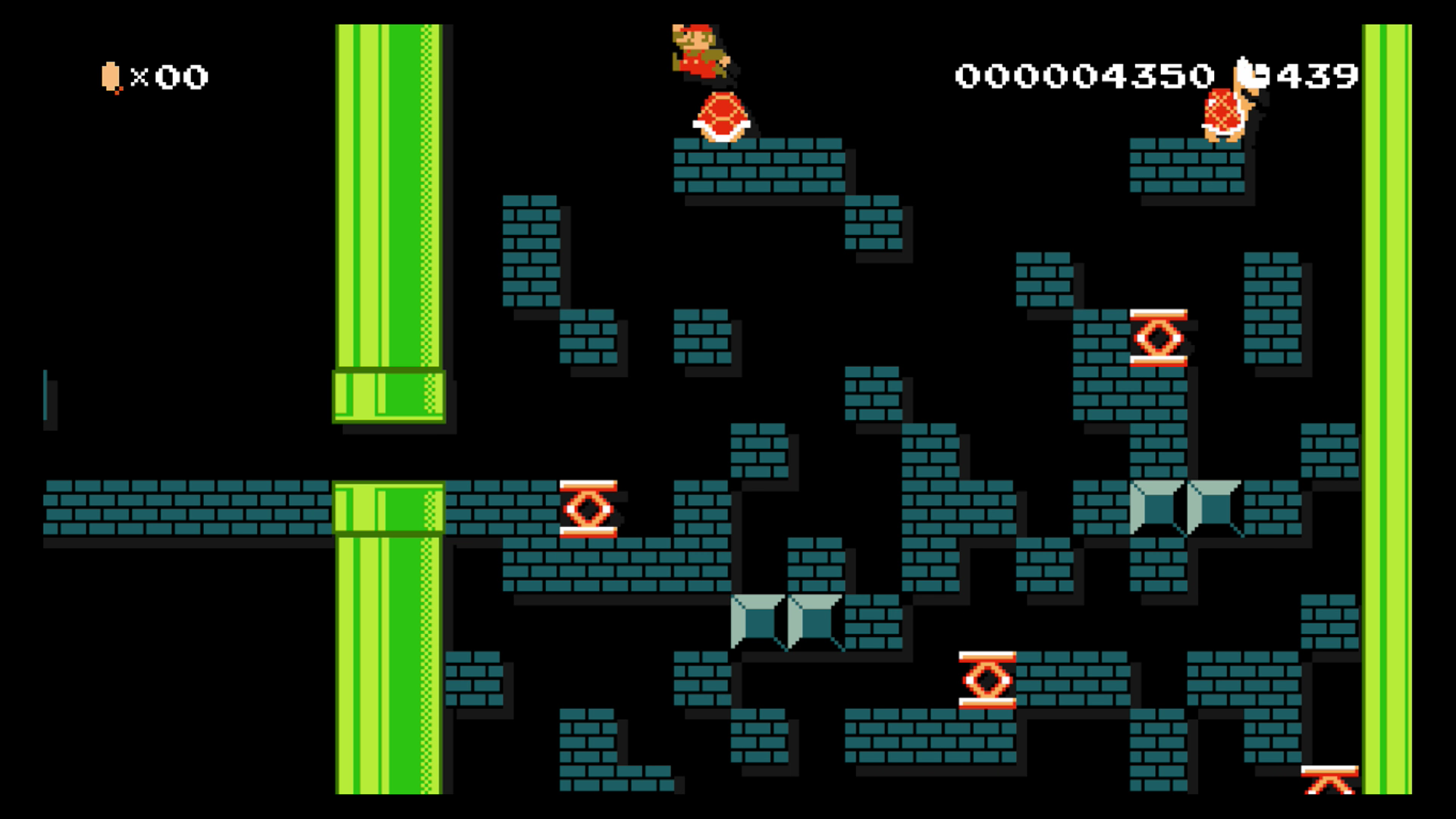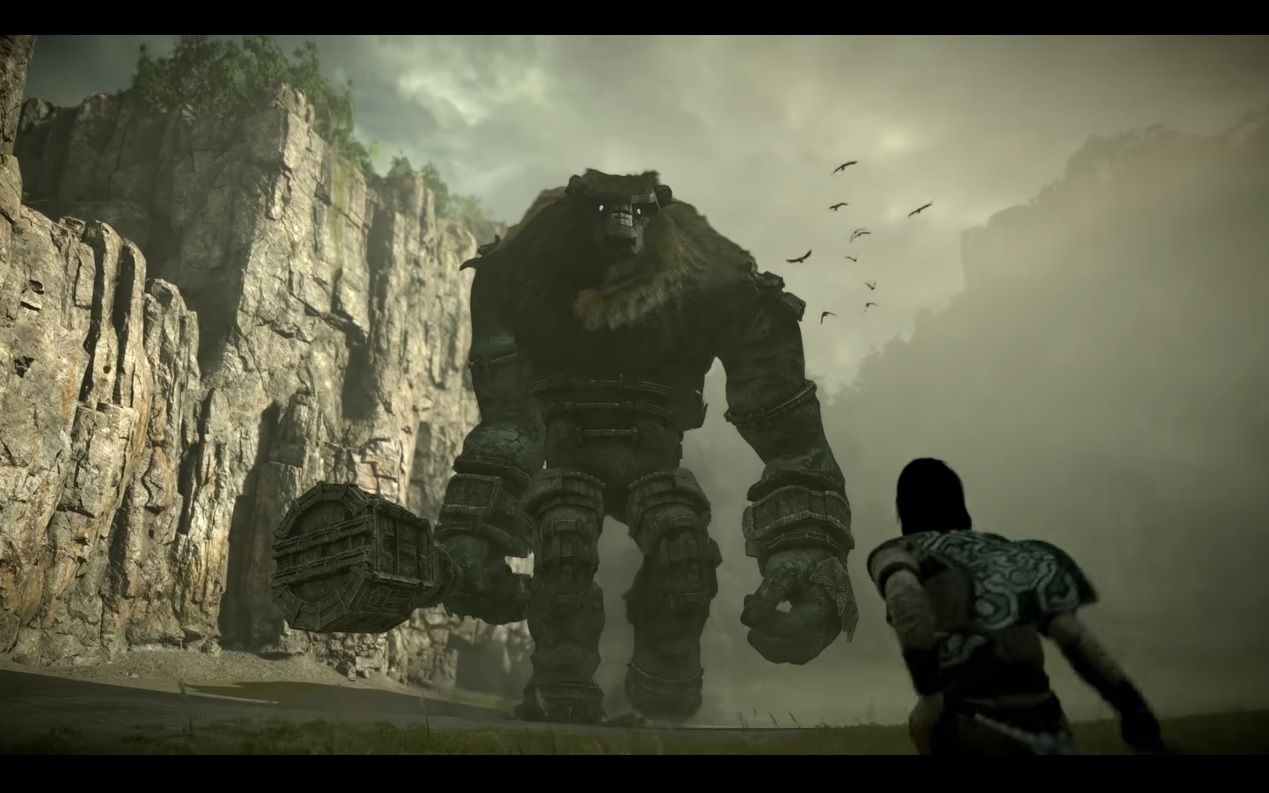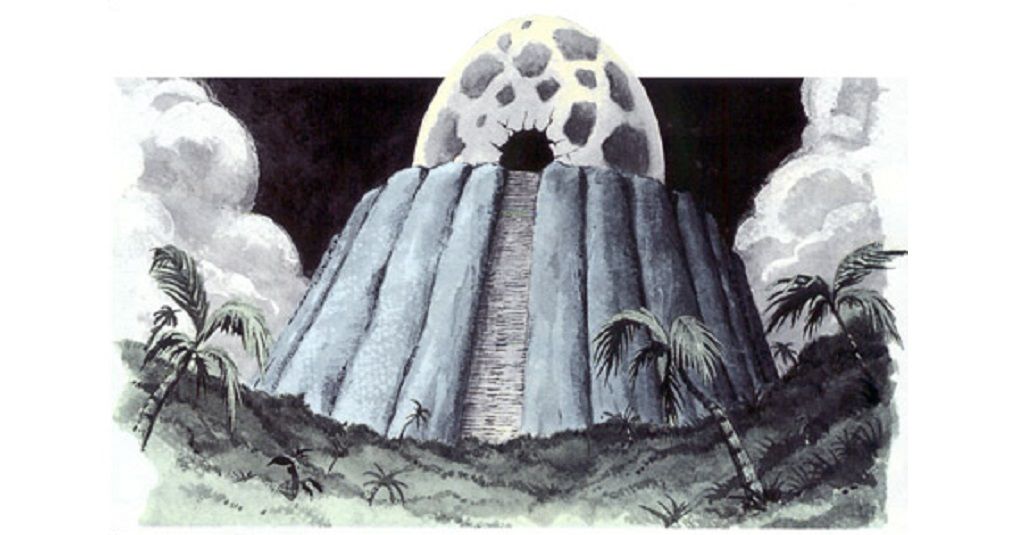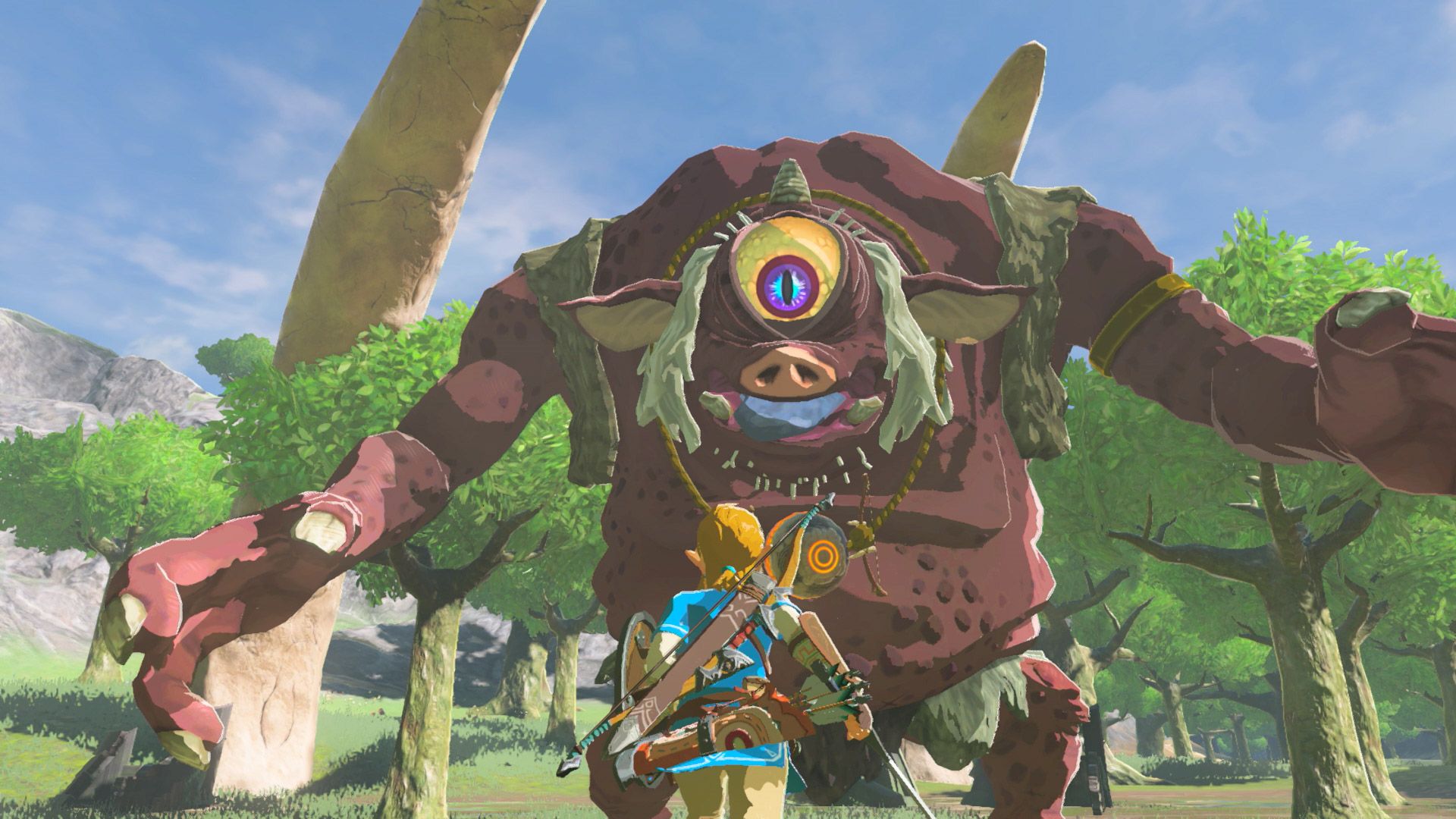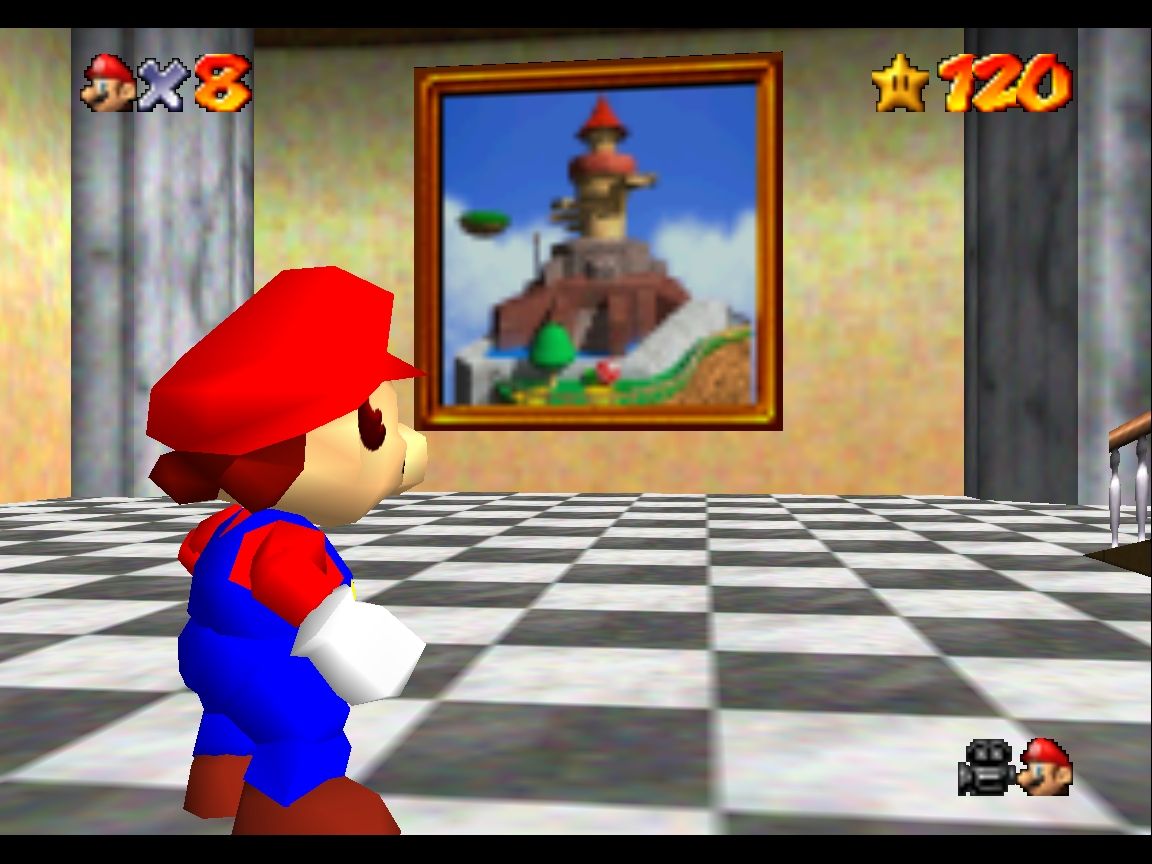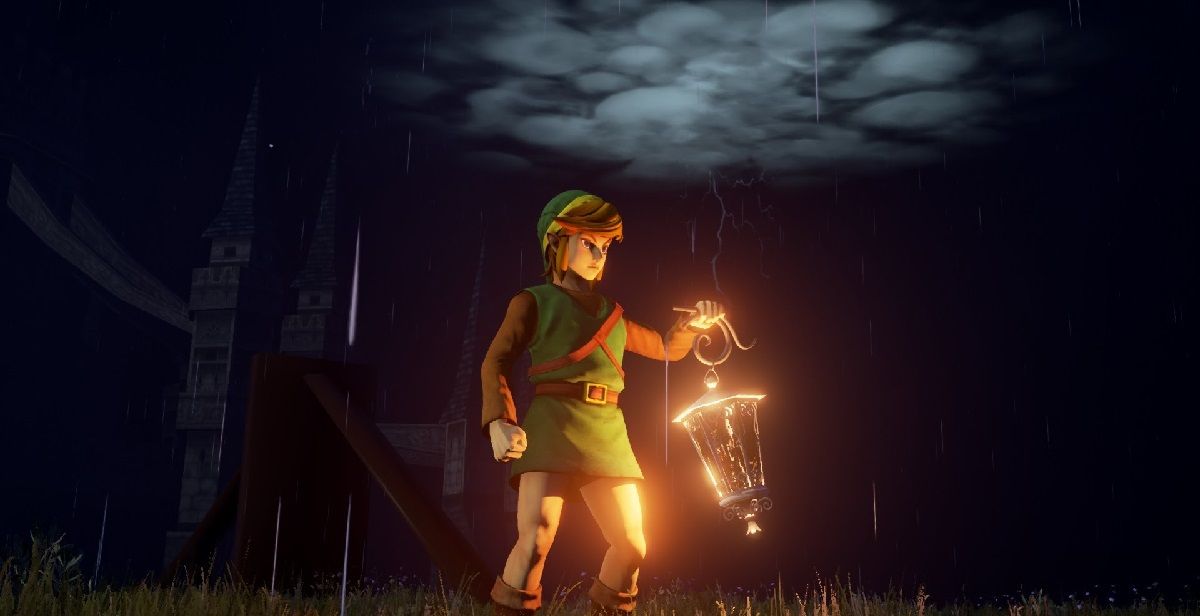The original Legend of Zelda had a sense of ambition and scope that was far beyond any other game when it first hit Japan in 1986. And so it went with just about every Zelda game from that point forward, each with a long list of features and ideas that blazed new trails for other action/adventure games to emulate in the years to follow.
With each Zelda game swinging for the fences in terms of what actually made it into the final game, it probably isn't a huge surprise that the things that were planned but ultimately cut out for various reasons were even crazier and more potentially groundbreaking. To hear the developers tell it, whenever it is time to make a new Zelda game, the team sits around and basically tries to brainstorm a game so ambitious and with so many different moving parts that they know they couldn't possibly pull it all off—and have to then whittle down that impossible game to one that is actually feasible.
Obviously, the result of that style of game planning is a whole lot of really fascinating scrapped ideas that have either yet to be realized, or were eventually utilized in later installments. The following list culls the best of those, from Zelda's "classic" era which encompasses the period from the original The Legend of Zelda to the dual releases of Oracle of Seasons and Oracle of Ages. Well, not all the games released during that time: it should go without saying, but nobody counts either of the CD-i Zelda games as part of the classic era even if they were released during that time frame.
25 The Legend Of Zelda's Sci-Fi Elements
Although the Zelda series is largely rooted in fantasy, it has plenty of elements of science fiction and futuristic tech. Breath of the Wild, for instance, has laser-shooting robot enemies and lets Link equip weapons that look straight out of Star Wars.
It might seem like those types of things didn't seep into the series until later, they were actually part of planning the original game. TLoZ's Link was almost a time-traveler, and more interesting, the Triforce was going to be made out of microchips!
24 Ocarina Of Time Being Entirely In First-Person View
Ocarina of Time was the Zelda franchise's first jump to 3D, literally giving players a new perspective on Hyrule. One of the cool things that 3D allowed was first-person looking as well as aiming of certain weapons, but it turns out that that was just a taste of what the entire game could've been like.
While brainstorming what form Ocarina would take, the developers toyed with the idea of making the game entirely first-person. Basically everyone is thankful they didn't go this route, but it's still an interesting concept to imagine.
23 Starting The Legend Of Zelda With The Sword
It's one of the most iconic moments in video game history, and for gamers of a certain age, it marked the beginning of their first true video game adventure.
Remarkably, the famous "It's Dangerous To Go Alone..." screen almost didn't happen.
Early prototypes of TLoZ had Link starting the game with the sword already in hand—but after Miyamoto saw early play testers ignoring hints and NPC interactions, he decided to force players to visit to the old man at the start to "teach" them the importance of talking to characters and exploring for hints.
22 A 2-Player Mode For Link's Awakening
Zelda games remained solo affairs until Four Swords for the GameCube/Game Boy Advance, but the idea of dabbling in multiplayer was considered as far back as Link's Awakening.
While playtesting the game, a particular boss was giving the team so much trouble that they thought it would require a second player to beat it.
With this in mind, they wondered if they could make some sort of co-op mode work with the game—but ultimately decided to keep it a traditional, single-player Zelda. To this day, no mainline Zelda games have featured multiplayer.
21 Extra Hazards In Zelda II's Dungeons
Remember playing Zelda II and thinking, "This game is too easy. It needs to be harder?" Of course you don't, because literally nobody had that thought while getting their butt kicked by one of the most unforgiving games on the NES.
Remarkably, though, the game very nearly was more difficult. Website The Cutting Room Floor uncovered unused graphics files in the game that showed planned spikes for every dungeon. That's right—those dungeons very nearly had environmental hazards in them that would've made them that much tougher to work through.
20 Link To The Past's Third World
One of the most memorable and groundbreaking features of A Link to the Past was its dual-world conceit, where Link can freely travel back and forth between light and dark versions of Hyrule.
As boundary-pushing as two worlds already were, LttP almost had a third.
Miyamoto and his team always shoot for the moon when they are first conceptualizing a new Zelda game, and they actually thought they could get three separate worlds/maps working within the confines of an SNES cart. They quickly realized, however, that it was just too ambitious as well as too potentially confusing for the player.
19 Navi And Link's Love Story In Ocarina Of Time
With the jump to 3D, Nintendo knew they had to teach players a whole new approach to gaming and have them learn new mechanics they might not have had to do before.
Super Mario 64 had its camera system be a character, followed by Ocarina of Time having its targeting system be a character.
However, Navi was almost much more than that—there was going to be a whole part of the game's plot where she not only was in love with Link, but would tell him so late in the game and have that be a big story moment.
18 Majora's Mask Had A Faceless Moon
A lot of people—particularly those who make it their life's mission to rag on Nintendo—like to accuse the company of only making family-friendly, completely saccharine video games. Those that make that claim obviously never played Majora's Mask, with the moon and its spooky face constantly looming over them and threatening to cause the end of the world.
An apocalyptic, ever-approaching moon would be scary enough, but it's the face that makes it. And in early screenshots of MM, that face is missing, not present in early builds of the game and being added later on.
17 Link To The Past's Zapper Segments
When the plan for a third Zelda game was first being put on paper, it was going to be an NES game. Wisely, Nintendo decided to redirect the team to develop it for the upcoming SNES.
Among the ideas for "Zelda 3" when it was still going to be an NES game was having segments that utilized the NES Zapper.
Nintendo is famous for never forgetting an idea and eventually putting it to use years later. In this case, that came in the form of Link's Crossbow Training for the Wii, which came bundled with the Wii Zapper.
16 The Game Boy Port Of Link To The Past
Typically, games weren't directly "ported" from the NES and SNES to the Game Boy. In most cases, a Game Boy entry in a console franchise was a completely new game, or at least a heavily reworked version of it. Which makes the idea of porting Link to the Past as-is to the Game Boy a strange one.
But that's how Link's Awakening began development: As a Game Boy version of LttP. It was in the after hours tinkering in the earliest days of that project that made everyone realize Link's GB debut should be something completely different.
15 Choosing Between A Sword And Boomerang To Start The Legend Of Zelda
Once it was decided that Link would have to go "get" his first weapon, the team toyed with the idea of the sword not being the only option.
The old man at the start of The Legend of Zelda almost gave Link a choice between two different starting weapons.
Besides the brown sword that became the default starter weapon, Link would've also had the option to start with the weaker of the game's two boomerangs. It's unknown if the boomerang would've been more powerful and not mostly a stun weapon had that idea came to fruition.
14 The Third "Oracle" Game
The two Zelda: Oracle games were surprising for many reasons, one of which was that they were developed by Capcom rather than internally by Nintendo. The other big surprise was that they were split up into two separate but simultaneously-released games.
As radical as two same-day Zelda games was, it would've really blown people's minds if the original plan to have three games came to pass. They would've each been based on one of the three Triforce pieces (Power, Wisdom, and Courage) and one of them would've largely been a remake of the original Legend of Zelda.
13 Majora's Mask's Time-Selling Merchant
One of the things that makes the divisive Majora's Mask hard to like for a lot of people is the game's timed element, with events playing out over a fixed three-day period to be repeated over and over again.
Foreseeing people's frustration with the time limit, Majora's Mask was intended to have a merchant from whom you could literally buy more time.
However, this was eventually decided to mess too much with what the developers were going for with the game, and it was decided to remove the merchant and just make players work within the given time constraints.
12 Ocarina Of Time: The Dating Sim
Did you ever notice that just about all of the major characters in Ocarina of Time are female? Why did so many princesses and other women end up being the majority of the characters to act as sages or be keepers of Spiritual Stones?
The gender imbalance among Ocarina's main cast is actually for a valid reason.
Among the many scrapped ideas for Ocarina was that Link was going to be able to romance the various female characters in the game in a dating sim-like fashion. As interesting of an idea as that is, Ocarina is better without it.
11 The Legend Of Zelda's Create-A-Dungeon Mode
Super Mario Maker for the Wii U and 3DS was a surprising product, as it had the notoriously protective Nintendo actually let gamers tinker with their assets and create their own "game" with those assets. But Nintendo had actually planned to do that type of thing decades prior, and with Zelda of all franchises.
Given TLoZ's roots as a floppy disc-based game, Nintendo toyed with allowing players to create their own dungeons and share them via disc. If there is any scrapped idea on this list we most want Nintendo to revisit, it's probably this one.
10 The "Colossus" Battle With Ganon In Ocarina Of Time
Even though it might seem somewhat quint by today's standards, especially compared with later Zelda boss battles, the final fight with Ganon in Ocarina of Time was one of the most epic encounters that players had seen up to that point. And it was very nearly even more epic.
The original plan for the Ganon fight was to have Link scale him as he fought him, similar to games like Shadow of the Colossus.
Chalk this one up to the tech of the time just not quite being able to handle such an ambitious, traversal-based boss battle.
9 A Link To The Past's World-Ending Egg
Link's Awakening for Game Boy remains one of the most unusual and convention-defying entries in the series, with themes and set pieces that feel very un-Zelda-like.
Rather than Ganon looming over the whole adventure, Link's Awakening had a giant egg that was set to hatch and bring the apocalypse when it did.
Where did such a crazy concept come from? Well, from A Link to the Past, actually, as it was one of that game's many scrapped ideas. From the start, handheld Zelda games were the home of ideas too weird for the console installments.
8 Zelda II's Massive Enemies
As previously mentioned, Zelda II is infamous for how difficult it is, and much of that comes by way of the game's unforgiving enemies. Shockingly, here's yet another example of how the notoriously hard game could've been even harder if Nintendo had their way.
Zelda II was intended to have massive enemies, some two and three times Link's height.
But it ended up being too difficult to pull off for the developers at the time, and they had to settle for enemies that are mostly Link's height or only slightly taller. However, they definitely got their way with later entries...
7 Super Mario 64's Influence On Ocarina Of Time
When a new Nintendo console is being prepped and the company's developers are readying what are to be the platform's first Mario and Zelda games, the teams working on the games often share plans and ideas. To this end, Ocarina was initially planned to be very similar to Super Mario 64 in its basic setup.
Similar to Mario 64, Ocarina was going to use Zelda's castle as the main hub, with Link traveling to different areas via portals akin to Mario 64's paintings. Thankfully, this was scrapped in favor of having Hyrule Field connect Ocarina's towns and dungeons.
6 A Link To The Past's More Realistic Fire
Breath of the Wild has a lot of fairly-realistic physics systems happening in the game, with various elements behaving a lot like their real life counterparts. For instance, lighting grass on fire will cause the fire to spread to the immediate area, and also continue to burn for a bit.
Remarkably, the developers wanted the fire all the way back in A Link to the Past to behave this way as well—which might seem absurd for a game of its time, but Miyamoto insists that the team could've got it working with another six months of development time.

